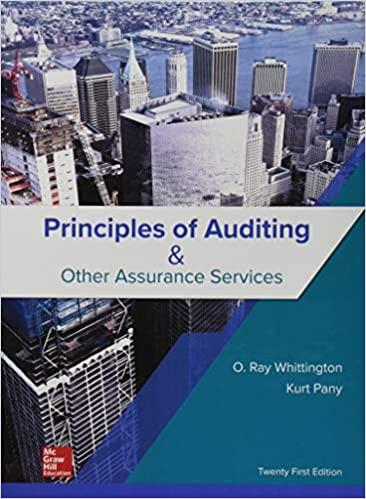Please do problems on the second page only (f-h), the first page is only a reference. Thank you!


1. The following questions focus on the momentum operator in quantum mechanics. Write an equation (in terms of x and derivatives with respect to x) relating an eigenfunction k() of the momentum operator p and its corresponding eigenvalue i, Indicate explicitly which symbols are functions of z and which are not. Explain. a. b. Solve this equation for the eigenfunction corresponding to the eigenvalue graph of at least one example. Show your work. , and sketcha c. Determine all the allowed eigenvalues of the momentum operator. Explain. Consider the operators for position, i, momentum, p, and energy, H. Determine which pairs of operators commute with each other. If any of your results depend on the system under consideration, state so explicitly. Explain. d. Consider the eigenfunctions of position, i, momentum, p, and energy, H. Are the eigenfunctions of these three operators the same or different. If your answer depends on the system, state so explicitly. Explain. e. What can you say about the eigenfunctions of two operators that do not commute? Explain. Homework: Position, momentum, and energy measurements QM HW-2 Table 1: Number of Possible Table 2: Time-dependence of Measurement Outcomes (at a later time) Probabilities of Possible Outcomes Energy Position Momentum Energy Position Momentum Eigenstate Eigenstate Eigenstate Eigenstate Eigenstate Eigenstate Energy Position Measurements Momentum Measurements f. Use your results from the tutorial to fill in the portions of the table above that correspond to position and energy measurements. Briefly explain how you were able to determine these answers. g. Complete the remaining portions of the table for momentum rm momentum. If your results depend on the system, state so explicitly. Explain how you determined your answers. Hint: Consider your answers to the questions on the previous page.) h. Consider a hypothetical operator, O, that commutes with the Hamiltonian. If you started in an eigenstate of O, which observables would have multiple possible results? Explain. i. i. If you started in an eigenstate of O, which observables would have probabilities that depend on time? Explain








